-
TrackoBit
Manage commercial vehicles with the new-age Fleet Management Software
TrackoBit -
TrackoField
Streamline your scattered workforce with Field Force Management Software
TrackoField -
Features Resources
-
Blog
Carefully curated articles to update you on industrial trends. -
White Paper
Insightful papers and analysis on essential subject matters. -
Glossary
Explore an alphabetical list of relevant industry terms. -
What’s New
Get TrackoBit & TrackoField monthly updates here. -
Case Study
Explore the cases we solved with our diverse solutions. -
Comparisons
Compare platforms, features, and pricing to find your best fit.
-
About Us
Get to know TrackoBit: our team, ethos, values, and vision. -
Careers
Join the most dynamic cult of coders, creatives and changemakers. -
Tech Support
Learn about our technical support team and services in detail. -
Events
Check out the exhibitions where we left our marks and conquered. -
Contact Us
Connect with us and let us know how we can be of service.
What is the Shipping Process? The Ultimate Guide to the Shipping Process
- Author:Tithi Agarwal
- Read Time:10 min
- Published:
- Last Update: September 8, 2025
Table of Contents
Toggle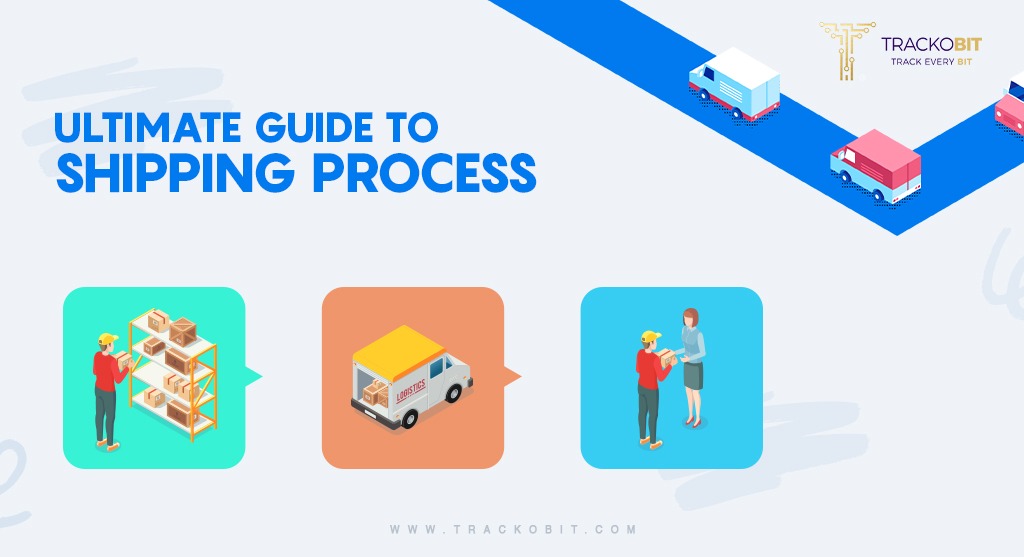
The shipping process includes more than just packaging, labeling, loading, and transporting. Dive into each stage in detail and learn how to optimize every step to cut costs and increase margins.
Table of Contents
Toggle
Logistics is the backbone of every industry and, as a matter of fact, for the economy as well. This calls for an optimised shipping process that is robust in nature and can delivery parcels and consignments on time.
The shipping process journey encompasses steps such as packaging, labeling, loading and transporting the goods to the final destination. With the growing technological landscape and rising customer expectations, the logistics industry must constantly upgrade to maintain efficiency.
Efficiency is the driving force for any business, as it is important for meeting customer expectations and improving the business’s bottom-line financials.
While there are some globally uniform shipping procedures, especially regarding regulatory compliance. However, many businesses often have their own unique shipping process flows (e.g., B2B shipping vs. B2C shipping, drop shipping, pick-and-pack shipping process, etc.). That makes it vital for service providers, customers, and sellers to understand how the shipping process works for greater efficiency.
What is the Shipping Process?
Put simply, the shipping process refers to the series of events and activities spread over a period of time that relay the movement of goods from one point to another.
A few essential shipping tasks vary based on the mode of transportation (such as road, rail, water, or air freight), the type of shipping (such as drop shipping, international shipping, etc.), and other factors.
It is crucial to remember that a logistics process flow and a shipping process flow are not the same. Shipment flows deal only with the actual shipment, whereas logistics covers the complete movement of goods, from procurement to delivery and returns.
What are the Stages of the Shipping Process?
The shipping process is typically segregated into 3 major portions:
Stage 1 – Pre-shipping
Preparing the products for shipment constitutes the pre-shipping phase which encompasses a critical, behind-the-scenes processing stage. This phase entails a number of procedures to guarantee that the product is prepared for shipping to the destination location.
Here is how it goes:
a) Gathering of Shipping Information
This entails gathering all the information needed to ship the items, including the recipient’s address and phone number. Accurate shipping information is imperative going forward to reduce the number of items lost or delayed.
Also, a pre-shipment inspection is carried out to ensure that the goods are of satisfactory quality. This is done before packing and loading the products for shipping.
b) Packaging and Labeling
This involves selecting appropriate packaging, such as bubble wrap, custom mailer boxes or cartons to safeguard the products inside the package. The package should also be labeled appropriately with information such as the recipient’s address and any special instructions, such as “Fragile Item” or “Handle with care.”
c) Selecting Shipping Method
This entails determining the most practical shipping option given the package’s weight and size, destination, and delivery window. There are three main categories of shipping options: ground shipping, expedited shipping, and international shipping.
Read Blog – The ins and outs of split shipping
This involves preparing the necessary documents, such as custom declarations, bills of lading, invoices, etc. Appropriate documentation is essential for international shipments as it helps to clear customs and avoid any legal battles.
By following the above steps in order, businesses can have a very smooth shipping journey and avoid obstacles that may affect customer satisfaction.
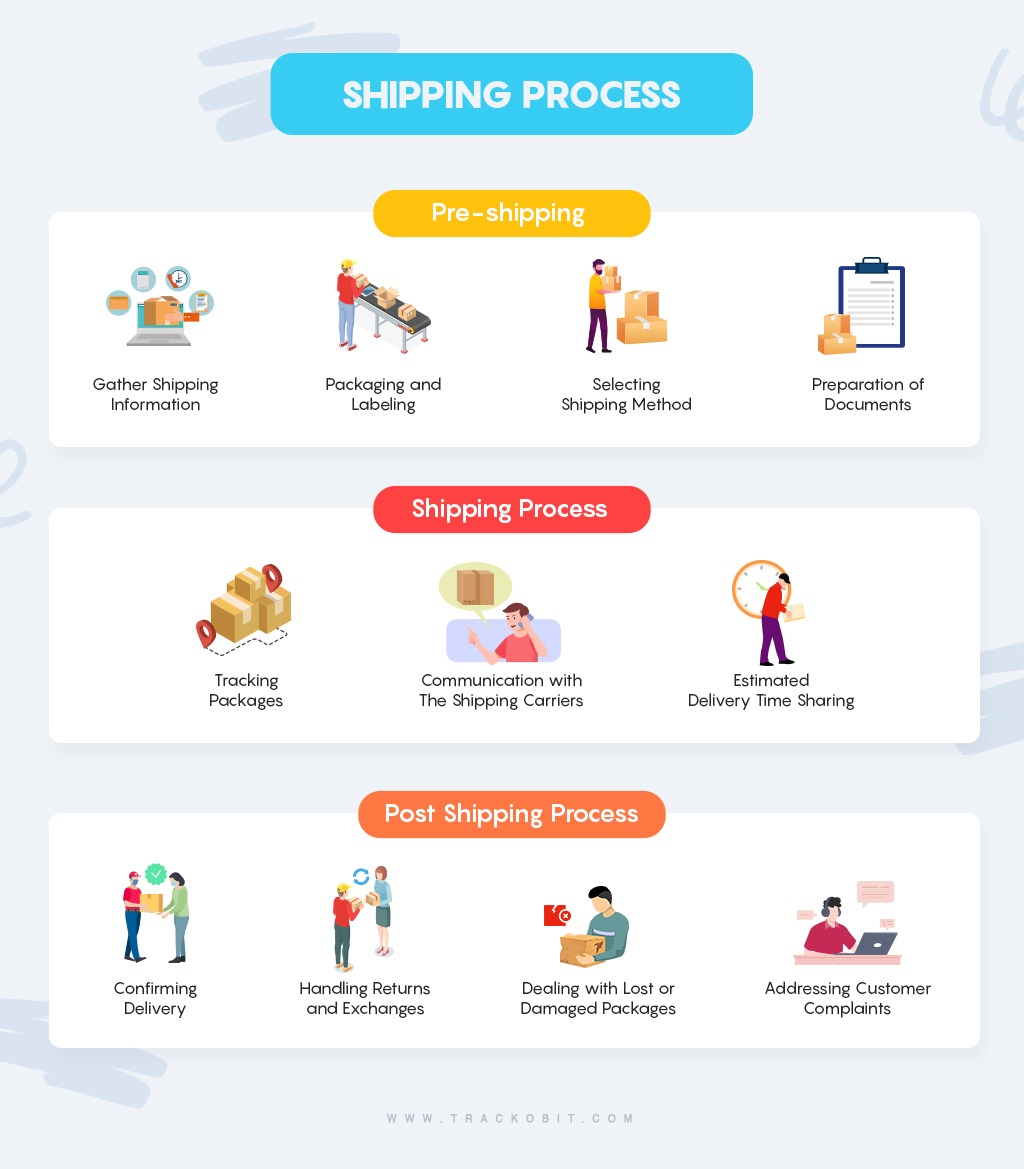
Stage 2 – Shipping Process
When the shipment is turned over to the shipping carrier for delivery, several procedures are involved in getting it ready for shipping.
a) Passing Packages over to Shipping Carriers
It entails delivering the package in person to the carrier—such as FedEx, UPS, or USPS. After that, the parcel is scanned and added to the carrier’s database so it may be tracked.
b) Tracking Packages
It involves monitoring the movement of the package as it heads towards its destination. The shipping carrier helps by providing tracking information such as the package’s current location, delivery status, and estimated delivery date, which is then shared with the end customer.
c) Communication with The Shipping Carriers
It involves constant communication with the carrier to clear any obstacles that arise. This comes in handy in case the package is missing, delayed, or damaged.
d) Estimated Delivery Time Sharing
It involves providing the end customer with an estimated time of delivery based on the chosen shipping method and carrier. The estimated time of delivery can, in turn, be shared with the customer via email, text message, or a tracking link.
By navigating the shipping process promptly and effectively, businesses can rest assured that packages are delivered on time and in good condition, thereby increasing customer satisfaction.
Stage 3 – Post Shipping Process
The post-shipping journey begins once the consignment is delivered to the end customer. It also involves several activities that ensure customer satisfaction and address any obstacles that may arise.
a) Confirming Delivery
It guarantees that the right customer receives the delivery at the right place. To verify the package’s delivery confirmation, access the shipping company’s tracking system.
b) Handling Returns and Exchanges
This example of reverse shipment includes handling customers’ requests for product exchanges or returns. Companies should have a clear and easy return policy that specifies how to return items.
c) Dealing with Lost or Damaged Packages
It entails responding to any inquiries regarding missing or damaged goods that may arise during transportation. If a package is damaged, the business entity should register a complaint and cooperate with the carrier to find the missing products.
d) Addressing Customer Concerns and Complaints
It entails responding to consumer inquiries and grievances following the shipping procedure. The company must proactively answer clients’ questions and promptly address any issues raised.
Effective management of the post-shipping process enables firms to guarantee customer satisfaction, fostering a positive brand image. This results in customer retention and opens new recurring business opportunities.
Best Solutions Optimising the Shipping Process
Be it the first mile or last, House of TrackoBit brings you a practical solutions range that helps optimise and expedite the shipping process.
For First Mile – TrackoBit
What all do you get?
- Route Planning: Plan efficient routes with halts and geofences to ensure timely delivery of consignments, reducing travel time and fuel consumption. Also, get alerts in case of route deviations.
- Real-time Tracking: Use real-time tracking to monitor the exact location of delivery vehicles. This ensures precise delivery status updates and helps quickly address any delays or issues.
- Fleet Maintenance: Schedule regular maintenance for delivery vehicles to prevent breakdowns and ensure they are in optimal condition. Use TrackoBit’s driver app to conduct checkups and fill in DVIR reports. This helps address potential issues and prevent delays.
Read Blog – First Mile Vs Final Mile
For Last Mile Shipping – TrackoMile
What all do you get?
- Dynamic Dispatcher: Automate pairing of orders with riders according to multiple factors such as order delivery window, nature of the order, priority, and more. This surely speeds up the shipping process.
- Carrier Management: TrackoMile automates pairing carriers with orders. This is done after considering factors such as order weight and dimensions, delivery route, and more.
- Route Optimisation: This feature suggests the shortest route for shipping, which helps to reduce the chances of delays, resource consumption, and time. It considers 120+ factors to suggest the best route.
- Real-time Tracking and ETA Sharing: Use real-time GPS tracking to monitor the exact location of riders. This ensures precise delivery status updates and helps quickly address any delays or issues. Provide customers with real-time ETA updates on their shipment status, improving transparency and customer satisfaction.
What are the Different Types of Shipping Processes?
Optimising each shipping process step will enable businesses to stay prepared for obstacles and face common challenges practically.
1. Pick and Pack Shipping
What is the pick-and-pack shipping process? This is one of the most popular types of shipping as it is quick and hassle-free. In this, items are picked up from inventory and packed for shipment. It’s suitable for large businesses offering a wide range of products along with customisability. This shipping method enables businesses to be agile, accurate, and efficient in warehouse operations.
For instance, when the warehouse teams immediately get to work when an order is placed, an order number/slip is generated first. Followed by picking the specific items from the inventory for packing and shipping promptly.
This shipping system can be used manually when the volumes are low. However, a proper management tool is required in case of large or bulk orders, especially with custom and diverse requirements.
2. Drop Shipping Process
Drop shipping is another widely used shipping method. This is a retail business model in which the drop shipper contacts the manufacturer/seller upon receiving an order and arranges for the goods to be shipped to the customer.
This low-inventory strategy avoids warehouse space and initial costs/investments because the drop shipper is not required to stock inventory. It’s a smart model for startups and small businesses without the resources to make significant investments. Lower overhead costs and inventory risks also benefit from this strategy.
3. Freight Shippers
Freight shipping is recommended for large shipment orders where standard shipment methods may not be practical. It involves the transportation of large bulk orders (usually commercial) via various modes of transport, such as air, sea, and air. The size of the packages determines the freight cost, the distance traveled, the modes of transport used, and the carrier’s brand.
4. PTL Shipping
When your cargo is too big to travel in less than a truckload but too little for a full truckload, PTL shipping, also known as part truckload shipping, is the best option.
It bridges the gap between FTL and LTL shipping and is an economical shipping option for small firms that require timely and reasonably priced transportation. Businesses looking to balance speed and cost will find it ideal.
PTL shipping has fewer stops than LTL shipment, is safer with less potential for damage, and delivers items on schedule. However, The difficulty is locating a trustworthy PTL service provider and settling on reasonable terms.
5. Expedited Shipping
Expedited shipping is the solution when items must be delivered quickly, and there is a time constraint.
For shipments that must arrive quickly, expedited shipping is advised as it guarantees prompt arrival, frequently in a matter of days. When shipping expeditiously, domestic deliveries typically take one to three days, while overseas shipments often take 3 to 5 days.
It gives shipping companies a competitive edge and lowers the cost of storing inventory, yet it is more expensive than standard shipping. It is advised for businesses engaged in just-in-time (JIT) manufacturing and for urgent deliveries where products must be shipped as soon as possible.
Conclusion
Making the shipping process work like well-oiled machinery becomes essential for businesses that want to gain an edge over their competitors. A streamlined shipping process also leads to efficient, cost-effective, and customer-centric operations. All this is only possible when you clearly understand the shipping process, what it entails, tips for optimizing it, and choose a model that suits your business requirements.
House of TrackoBit offers telematics solutions for first-mile shipping and last-mile delivery software for final-mile shipping. Its easy integration capabilities allow businesses to enhance their shipping process by keeping track of their cargo and delivery, eliminating the chances of mishaps.
Tithi Agarwal is an established content marketing specialist with years of experience in Telematics and the SaaS domain. With a strong background in literature and industrial expertise in technical wr... Read More
Related Blogs
-
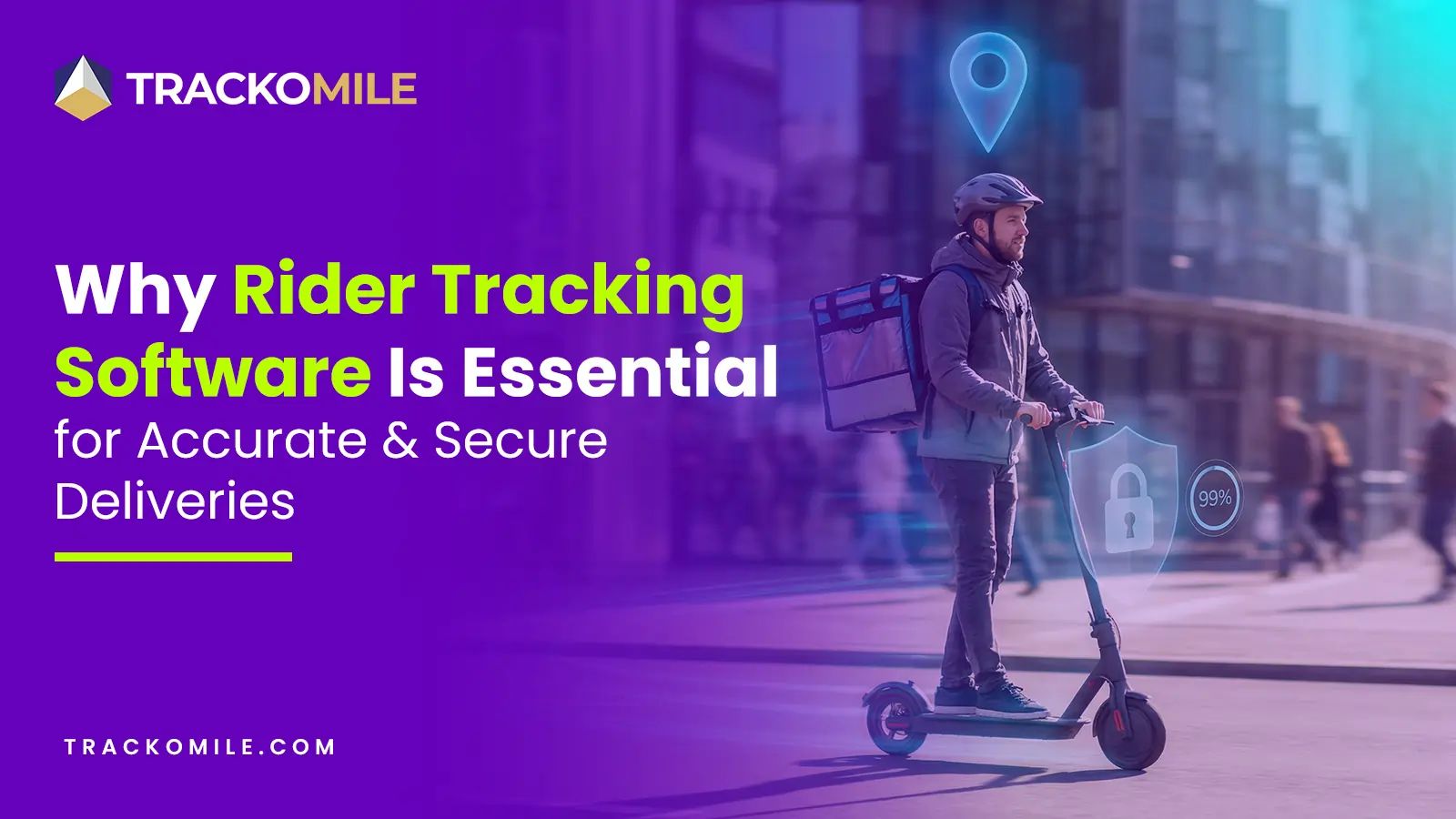
How Rider Tracking Software Improves Delivery Accuracy and Reduces Fraud
Tithi Agarwal December 8, 2025Rider tracking software improves delivery accuracy with real-time GPS visibility and automated ePOD. It also enables route optimisation and fraud…
-
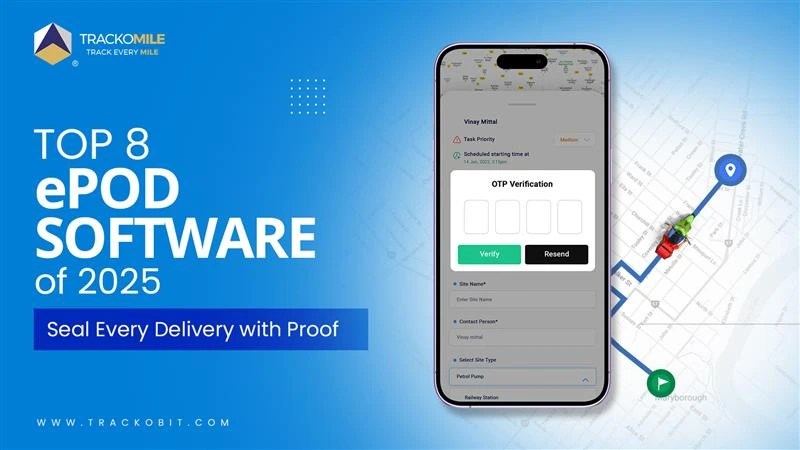
Top Electronic Proof of Delivery (ePOD) Software in 2026
Tithi Agarwal September 25, 2025Electronic proof of delivery has become the backbone of modern logistics. Explore the top 8 ePOD software in 2026 and…
-
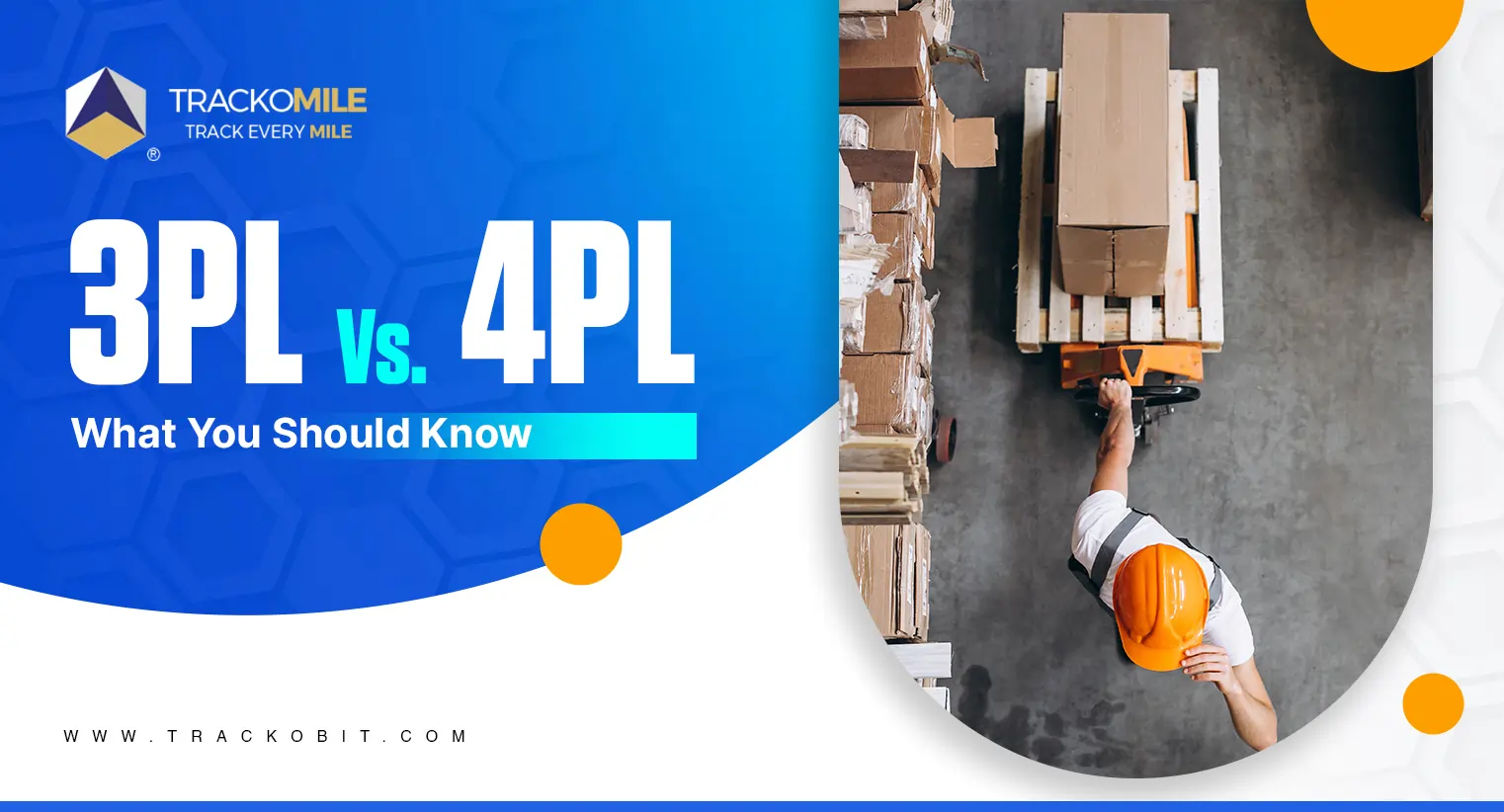
3PL vs. 4PL: Which is Best for Your Business?
Tithi Agarwal September 25, 2024Confused about choosing between 3PL and 4PL for your retail supply chain? Read this blog to find out which is…
-
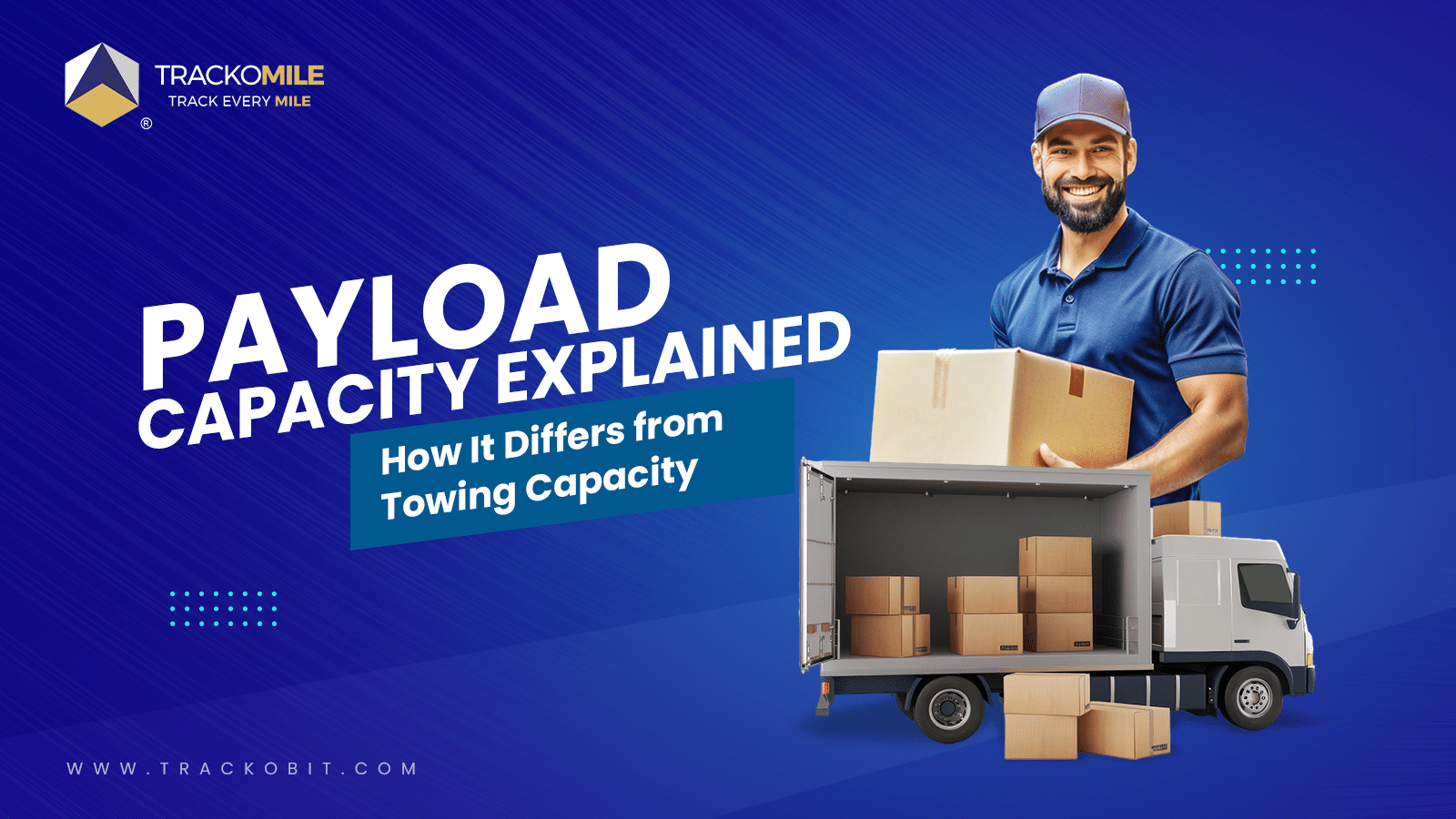
What is Payload Capacity? Payload Capacity Vs. Towing Capacity
Tithi Agarwal September 10, 2024Payload capacity is the total weight a vehicle can safely carry, and it is crucial for safety and compliance. Exceeding…

Subscribe for weekly tips to supercharge your last-mile delivery.
Your inbox awaits a welcome email. Stay tuned for the latest blog updates & expert insights.
"While you're here, dive into some more reads or grab quick bites from our social platforms!"Stay Updated on tech, telematics and mobility. Don't miss out on the latest in the industry.
We use cookies to enhance and personalize your browsing experience. By continuing to use our website, you agree to our Privacy Policy.



































